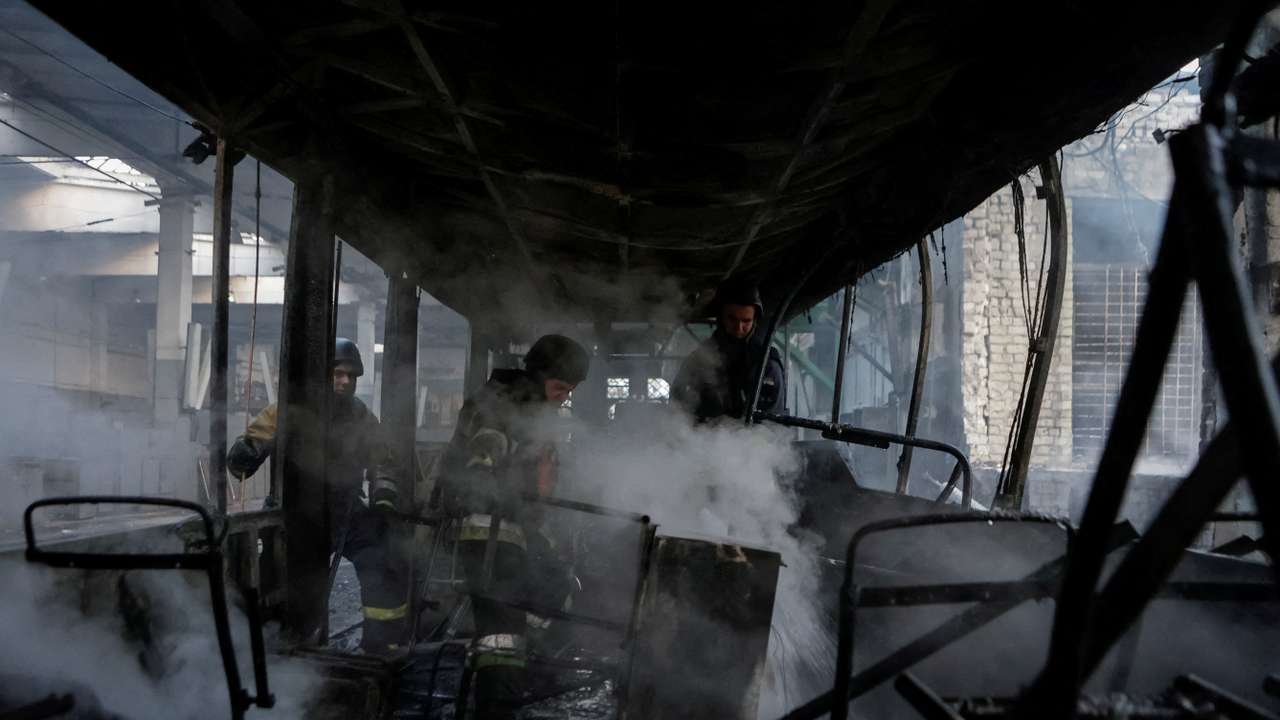Ukrainian proposals for June 2 talks with Russia in Istanbul

Reuters has seen the text of the peace proposals that Ukrainian negotiators plan to present to the Russian side at peace talks scheduled to take place on June 2 in Istanbul.
The text of the Ukrainian document is published in full with no changes.
Ukraine-Russia Negotiations Framework
I. Key Principles of the Agreement and the Negotiation Process
• Full and unconditional ceasefire in the sky, on land and at sea as a necessary background and prerequisite for peace negotiations.
• Confidence-building measures – addressing humanitarian issues: unconditionally return all deported and illegally displaced
Ukrainian children. Exchange of all prisoners (the “all for all”
principle). Release by Russia of all civilian hostages.
• Non-repetition of aggression: The aim of the negotiations is to restore a permanent basis for lasting peace and security and to ensure that aggression does not occur again.
• Security guarantees and engagement of the international
community: Ukraine must receive robust security guarantees. The parties will invite the international community to participate in the negotiations and provide guarantees to ensure the implementation of the agreements.
• Sovereignty: Ukraine is not forced to be neutral. It can choose to be part of the Euro-Atlantic community and move towards EU membership. Ukraine’s membership in NATO depends on
consensus within the Alliance. No restrictions may be imposed on the number, deployment, or other parameters of the Armed Forces of Ukraine, as well as on the deployment of troops of friendly foreign states on the territory of Ukraine.
• Territorial issues: Territorial gains made by Russia since February 2014 are not recognized by the international community. The contact line is the starting point for negotiations. Territory issues are discussed only after a full and unconditional ceasefire.
• Sanctions: Some sanctions may be lifted from Russia, but in stages and only gradually, with a mechanism for resuming sanctions if necessary (snapback). Frozen Russian sovereign assets are used for reconstruction or remain frozen until reparations are paid.
• Implementation: Agree on a clear, balanced and achievable roadmap for implementation and enforcement of the agreements.
II. Next step – agreeing ceasefire and agenda of the leaders’
meeting
• After the meeting in Istanbul, the parties continue the talks which shall focus on: (1) full and unconditional ceasefire: its
modalities and monitoring; (2) confidence building measures; (3)
preparation, agreeing agenda and structure of future leaders’ negotiations on key topics.
• Negotiations to be held with the U.S. and Europe participating.
III. Ceasefire
• Full and unconditional ceasefire in the sky, on land and at sea at least for 30 days (with the possibility of rolling extensions every 30 days) as a necessary background and prerequisite for peace negotiations.
• Ceasefire monitoring, led by the US and supported by third
countries.
IV. Confidence-building measures
• After successful exchange of PoWs after Istanbul talks, the
parties continue the exchange process for all prisoners of war
(“all for all” principle).
• Agreement on unconditional return by the Russian Federation
of all deported and displaced Ukrainian children, and release by
Russia of all civilian prisoners. These measures should include all categories of persons listed, starting from February 2014.
V. Leaders' meeting
• The leaders of Ukraine and Russia meet to agree on key
aspects of final peace settlement.
• Key topics of peace agreement to be agreed by the leaders:
1) Permanent and complete cessation of hostilities:
conditions, monitoring, sanctions for violations
2) Security guarantees and non-repetition of aggression
3) Territorial issues
4) Economy, compensation, reconstruction
5) Penalties for breach of agreements
6) Conclusion of a final peace agreement
This article was produced by Reuters news agency. It has not been edited by Global South World.